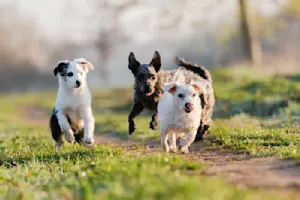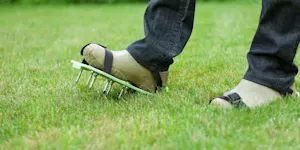What Makes This Word Tick
Ah, “gait,” a word that sounds just like a gentle stroll in the park. It’s all about movement, specifically how someone walks. Whether it's a brisk march or a leisurely amble, one's gait is a unique expression of personal style and attitude.
If Gait Were a Person…
Gait would be that person at the party who's gracefully circulating the room, effortlessly mingling with everyone. You can always spot them by their poise and natural rhythm, moving smoothly from one conversation to the next.
How This Word Has Changed Over Time
Originally rooted in Old Norse, gait hasn’t changed much in its core meaning over the centuries. Its journey through time has seen it used from describing the pace of horses to analyzing human locomotion, showcasing just how humans and animals traverse the world.
Old Sayings and Proverbs That Use Gait
While there aren’t ancient proverbs directly using "gait," the essence is captured in sayings like “Putting one foot in front of the other.” It's a reminder that everyone’s personal journey is defined by their unique stride.
Surprising Facts About Gait
Did you know that your gait can be as unique as a fingerprint? In fact, gait analysis is used in forensic science to help identify individuals. It's your personal rhythm and style, unmistakably yours!
Out and About With This Word
Next time you’re out for a walk, pay attention to the varied gaits around you. Each step, shuffle, and stride tells a story about the person and sometimes even about their day!
Pop Culture Moments Where Gait Was Used
From John Wayne’s distinctive swagger to Charlie Chaplin’s comedic waddle, iconic gaits have left memorable impressions in films. These unique ways of moving capture the essence of a character instantly.
The Word in Literature
In literature, gait can often reveal more about a character than lengthy descriptions. A “determined gait” suggests purpose, while a “leaden gait” might imply melancholy. It's all about setting the scene with movement.
Moments in History with Gait
Think of Neil Armstrong and that first step on the moon. “Gait” encapsulates those fascinating, slow-motion moonwalks that were as historic as the moment itself—a gait altered by gravity itself!
This Word Around the World
Globally, the concept of gait varies fascinatingly. In some cultures, the way you walk can signify respect or status. In Japan, for instance, walking briskly can be seen as a sign of diligence.
Where Does It Come From?
Deriving from Old Norse "gata," meaning path or way, gait has stayed surprisingly true to its roots. It’s always been about movement and the roads we take, whether in Viking terrains or modern sidewalks.
How People Misuse This Word
Sometimes people might confuse gait with pace, but gait is about style, not speed. It's not just how fast someone’s moving, but how they carry themselves as they do so.
Words It’s Often Confused With
Gate: A barrier or entrance; phonetically similar but unrelated to walking.
Gallop: Often confused in discussions of animal movement, but galloping is specific to creatures like horses.
Stride: While related, stride is more about the length of steps within the gait.
Additional Synonyms and Antonyms
Synonyms for gait include stride, walk, and pace. As for antonyms, it's tricky—maybe standing or sitting, as they involve no gait at all!
Want to Try It Out in a Sentence?
Sure thing: "Even from a distance, I could recognize her by her distinctive gait, a lively skip in her step that was uniquely her own."
















